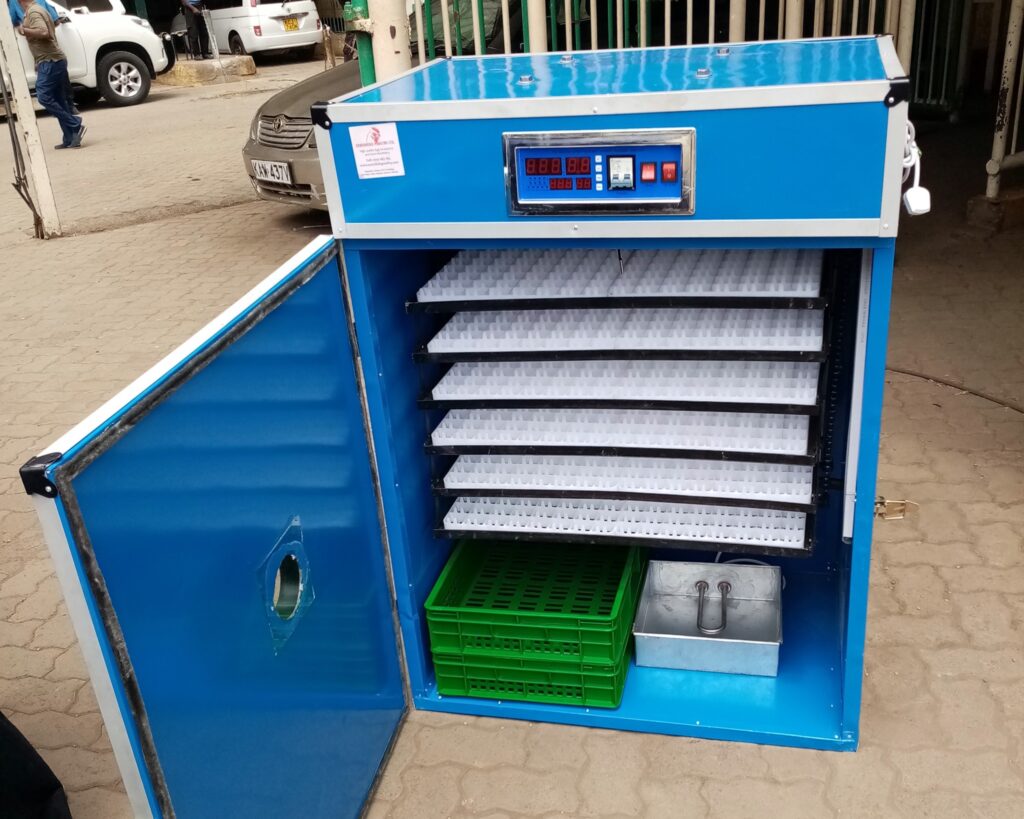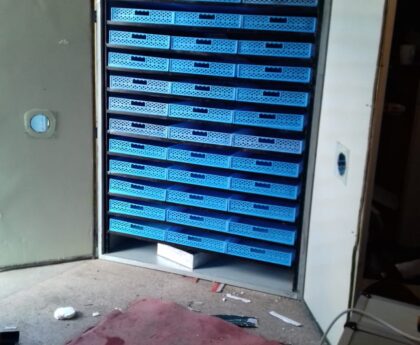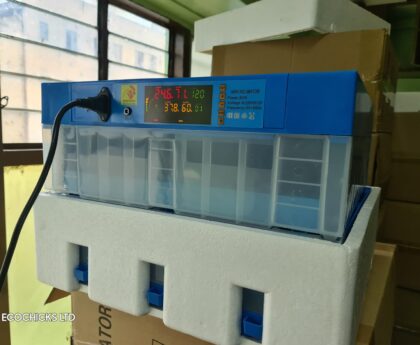Automatic incubators for hatching chicken eggs have several parts that work together to create a controlled and stable environment for the eggs to hatch. Here are some of the key parts of an automatic incubator:
- Temperature controller: This is a device that regulates the temperature inside the incubator. It typically includes a thermostat that can be set to the desired temperature, as well as a heating element that warms the air inside the incubator.
- Humidity controller: This is a device that regulates the humidity level inside the incubator. It typically includes a hygrometer that measures the humidity, as well as a humidifier that adds moisture to the air if needed.
- Egg turner: An automatic incubator will often have an egg turner, which rotates the eggs to prevent the embryos from sticking to the inside of the eggshell. The egg turner may be motorized or manual.
- Fan: An incubator may have a fan to circulate the air inside the incubator, ensuring that the temperature and humidity are evenly distributed throughout.
- Control panel: The control panel is the interface that allows the user to set and adjust the temperature, humidity, and other settings of the incubator.
- Water reservoir: Many incubators have a water reservoir that supplies moisture to the incubator. This may be a manual or automatic system, depending on the model.
- Egg tray: The egg tray is the part of the incubator that holds the eggs. It is designed to keep the eggs in a stable position and to allow for easy turning.
These are some of the main parts of an automatic incubator for hatching chicken eggs. The specific components and design may vary depending on the model and manufacturer.



